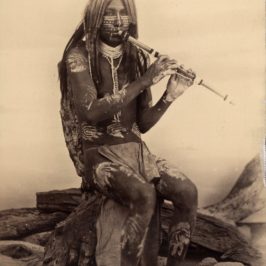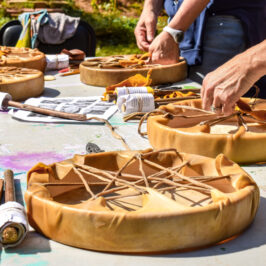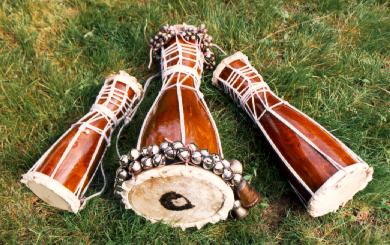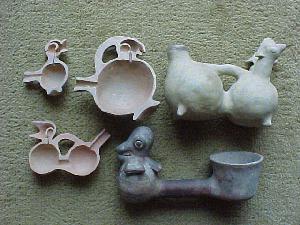The guiro, a seemingly simple instrument carved from a gourd, holds within its hollowed form a captivating history, diverse uses, and a vibrant tradition that spans continents and cultures. Its rasping, rhythmic sound, produced by scraping a stick across its notched surface, has echoed through centuries, weaving itself into the fabric of countless musical expressions. Delving into the world of the guiro is like embarking on a journey through time, exploring the ingenuity of its creation, the evolution of its uses, and the enduring spirit of its cultural significance.
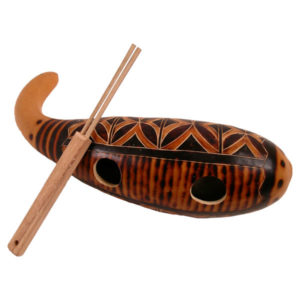
Echoes of Ancient Origins:
The guiro’s exact origins remain shrouded in the mists of time, but its story likely begins in the pre-Columbian era. Some believe it emerged among the Taíno people of the Caribbean, crafted from the readily available gourds of the güijera tree. Others trace its roots back to Africa, where similar instruments carved from wood or bone existed. Regardless of its specific birthplace, the guiro’s fundamental principle – creating sound through scraping – is found in various cultures across the globe, suggesting a shared human desire to use everyday objects for musical expression.
Crossing Oceans and Cultures:
With the arrival of European colonizers in the Americas, the guiro’s journey took a dramatic turn. Enslaved Africans brought their own musical traditions, including instruments resembling the guiro, to the Caribbean and Latin America. These instruments merged with existing indigenous practices, creating a unique hybrid that embodied the resilience and cultural exchange of enslaved communities.
The guiro found its true home in the vibrant musical landscapes of the region. In Puerto Rico, it became a staple of bomba y plena, music deeply rooted in African and Taíno traditions. In Cuba, it joined the ranks of percussion instruments used in Santería ceremonies, honoring the Orishas, the powerful deities of the Yoruba religion. Its distinctive sound added a textured layer to genres like salsa, merengue, and son, adding a touch of earthy rawness to their celebratory rhythms.
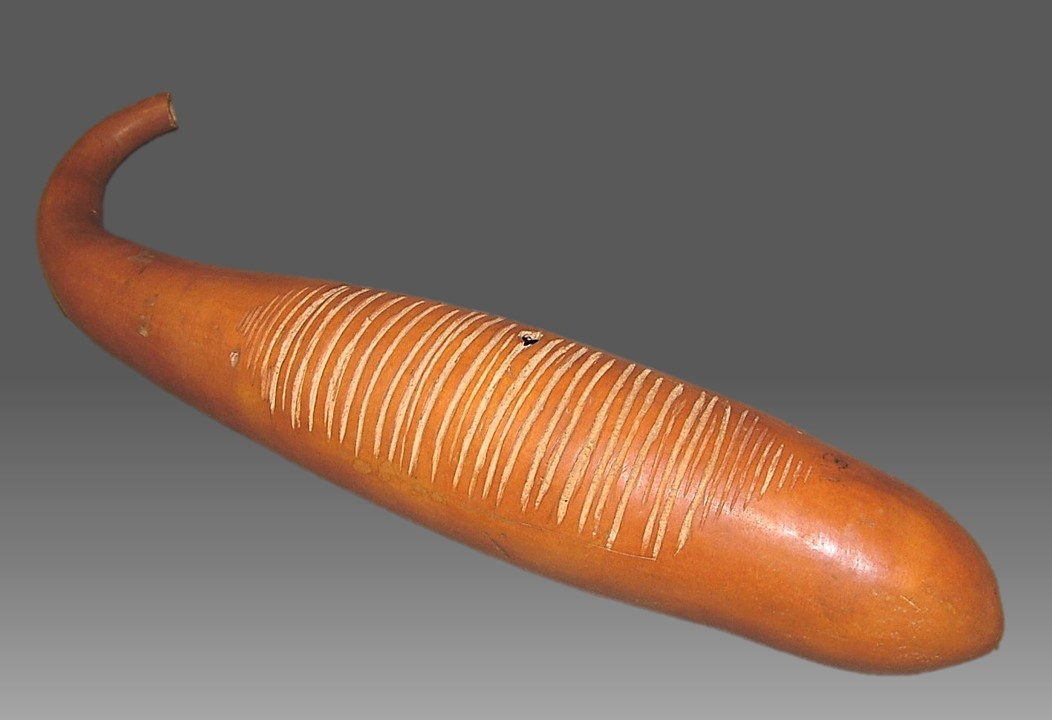
Beyond the Sacred and Profane:
While the guiro held a significant place in religious ceremonies and cultural celebrations, its versatility extended beyond these realms. It became an instrument of the everyday, used by street musicians, storytellers, and even children playing in the streets. Its simple construction made it accessible, fostering a sense of community and shared musical expression.
The guiro’s adaptability also led to variations in its form. Traditionally made from gourds, it evolved to incorporate wood, metal, plastic, and even recycled materials. Its size and shape varied depending on the desired sound and cultural context. Additionally, the scraping implements, known as “cucharas” or “puas,” took on diverse forms, from simple sticks to intricately carved objects.
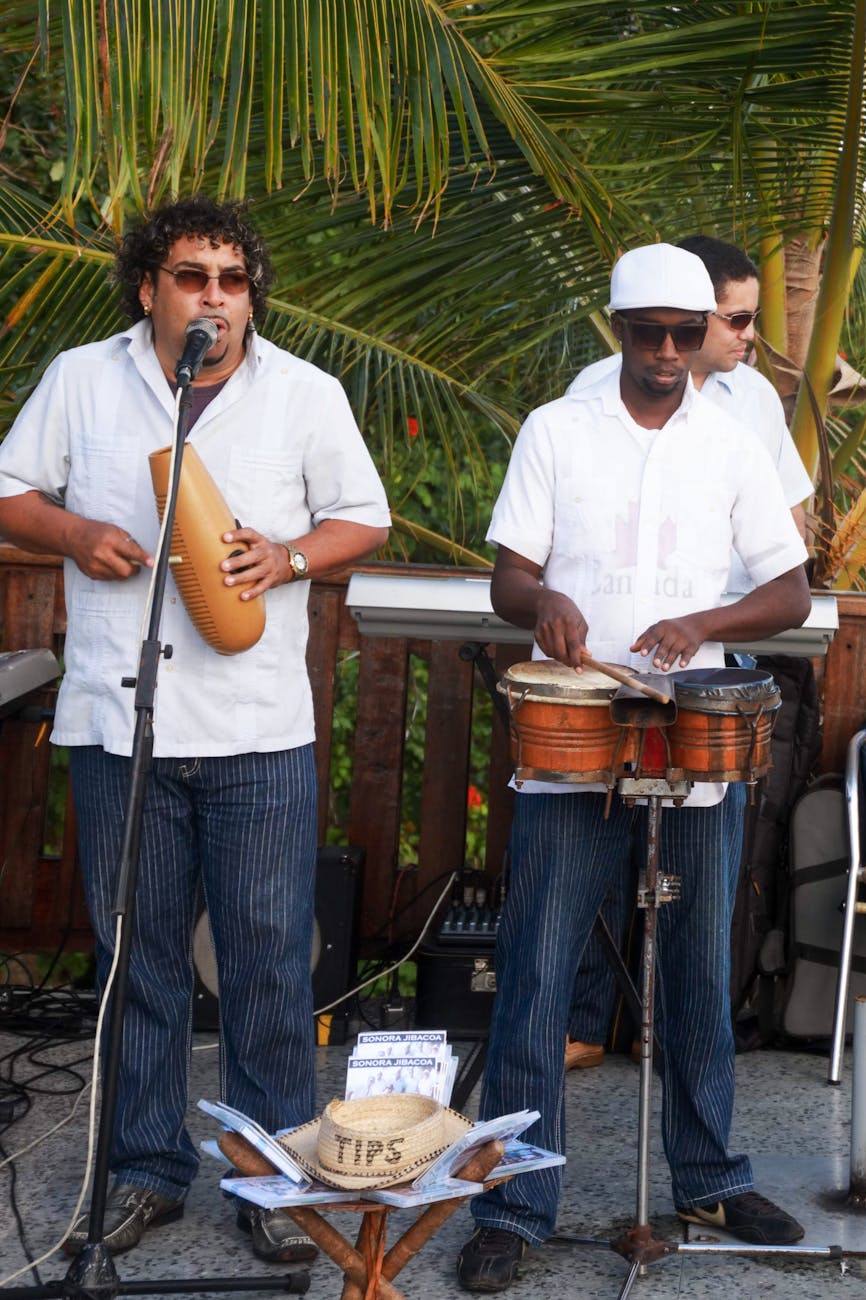
Masters of the Scratch:
Playing the guiro demands a unique skillset. While seemingly straightforward, the art lies in manipulating the scraper to create a range of textures and pitches. Skilled players can produce a variety of sounds, from dry, percussive scrapes to smooth, melodic glides. They navigate complex rhythms, adding punctuations, accents, and fills that enhance the overall musical tapestry.
Learning the guiro often involves passing down knowledge from generation togeneration. Masters teach not only the technical aspects of playing but also the cultural significance of each sound and rhythm. This ensures that the instrument’s legacy is not just preserved but also enriched with the creativity and interpretations of each new generation.
Modern Echoes and Global Impact:
In the modern world, the guiro continues to evolve and resonate beyond its traditional contexts. It has found its way into diverse musical genres, from jazz and rock to electronic music and world music collaborations. Its unique sound adds a touch of authenticity and cultural depth to contemporary music, reminding listeners of its rich history and enduring spirit.
The guiro’s journey is a testament to the power of music to transcend borders, connect cultures, and carry traditions forward. It is a symbol of resilience, adaptability, and the enduring human desire to express ourselves through sound. As we explore the world of the guiro, we not only learn about its past but also discover the potential for its future, a future where its unique voice continues to inspire and enrich the global musical landscape.

Further Exploration:
- Explore recordings of traditional guiro playing in different genres and cultures.
- Learn about the different scraping techniques used to create different sounds.
- Consider attending a workshop or lecture to learn more about the history and cultural significance of the guiro.
- Support organizations and initiatives dedicated to preserving and promoting traditional musical instruments and cultural traditions.
By actively engaging with the guiro, we can celebrate its rich history, appreciate its diverse uses, and ensure that its joyful rasp continues to resonate for generations to come.


